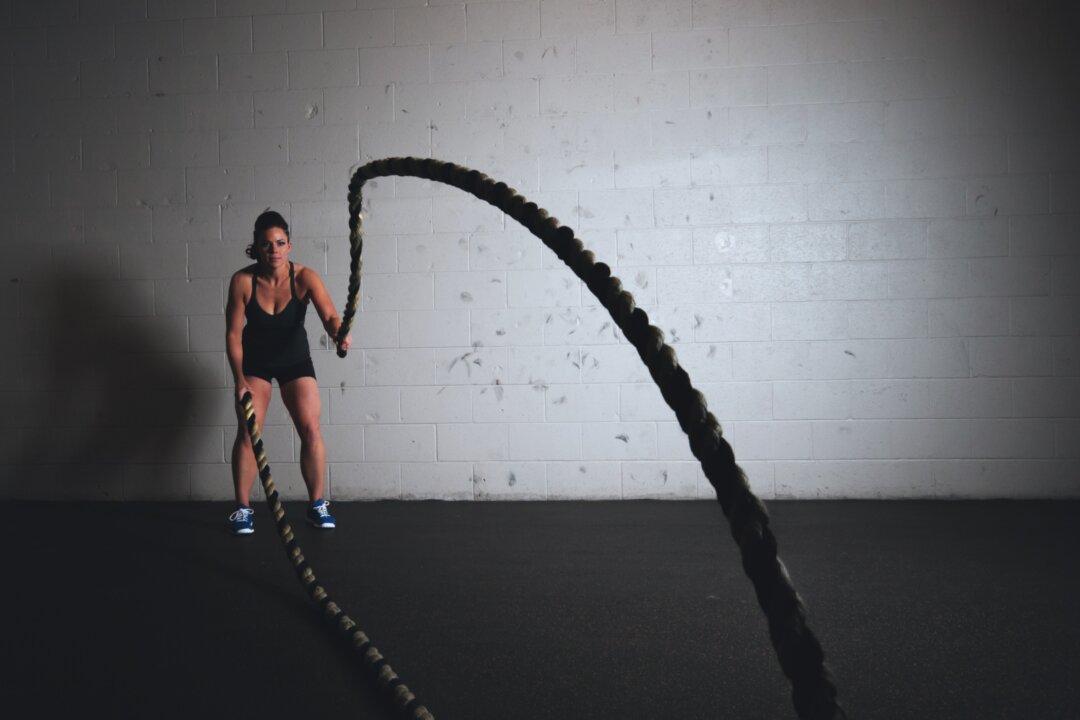Regardless of your age, it’s important to maintain muscle mass. Muscles ensure you stay balanced and able-bodied, but there’s another benefit. A new study, published in JAMA Oncology, found that women with low muscle mass were less likely to survive stage two or three breast cancer.
The researchers observed 3,421 women who were all diagnosed with either stage two or three breast cancer. CT scans helped determine their muscle-to-fat ratio and their muscle mass.





